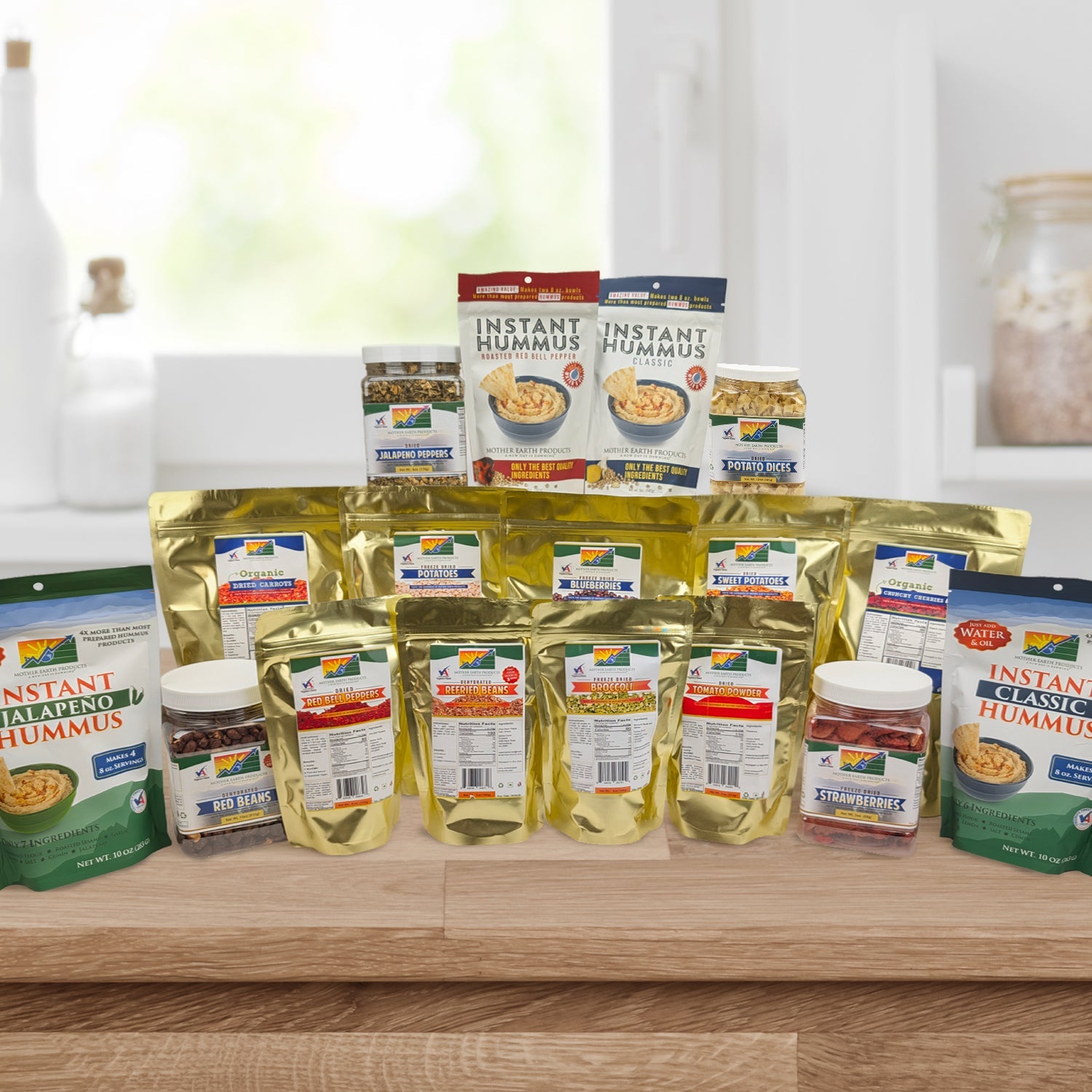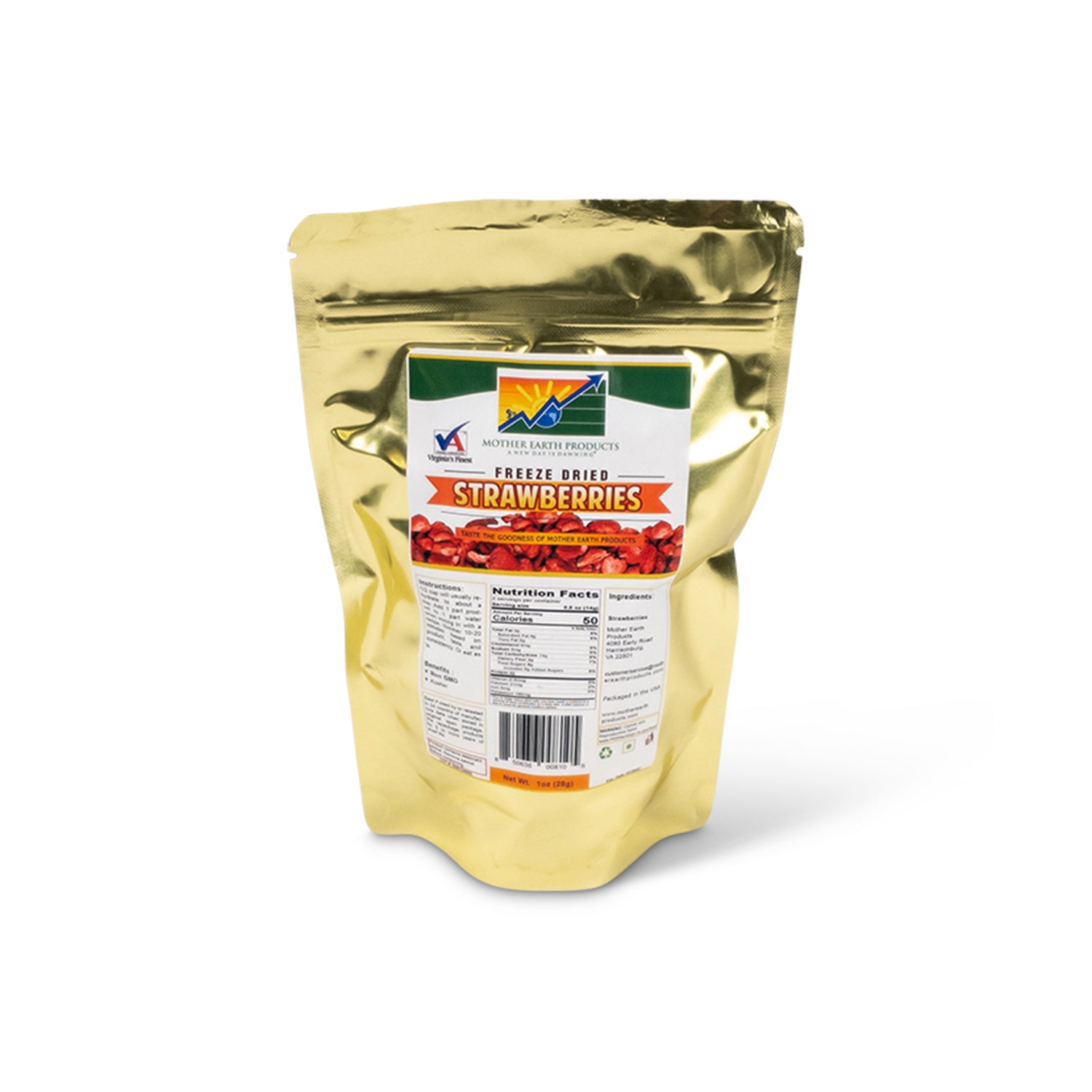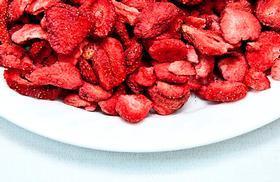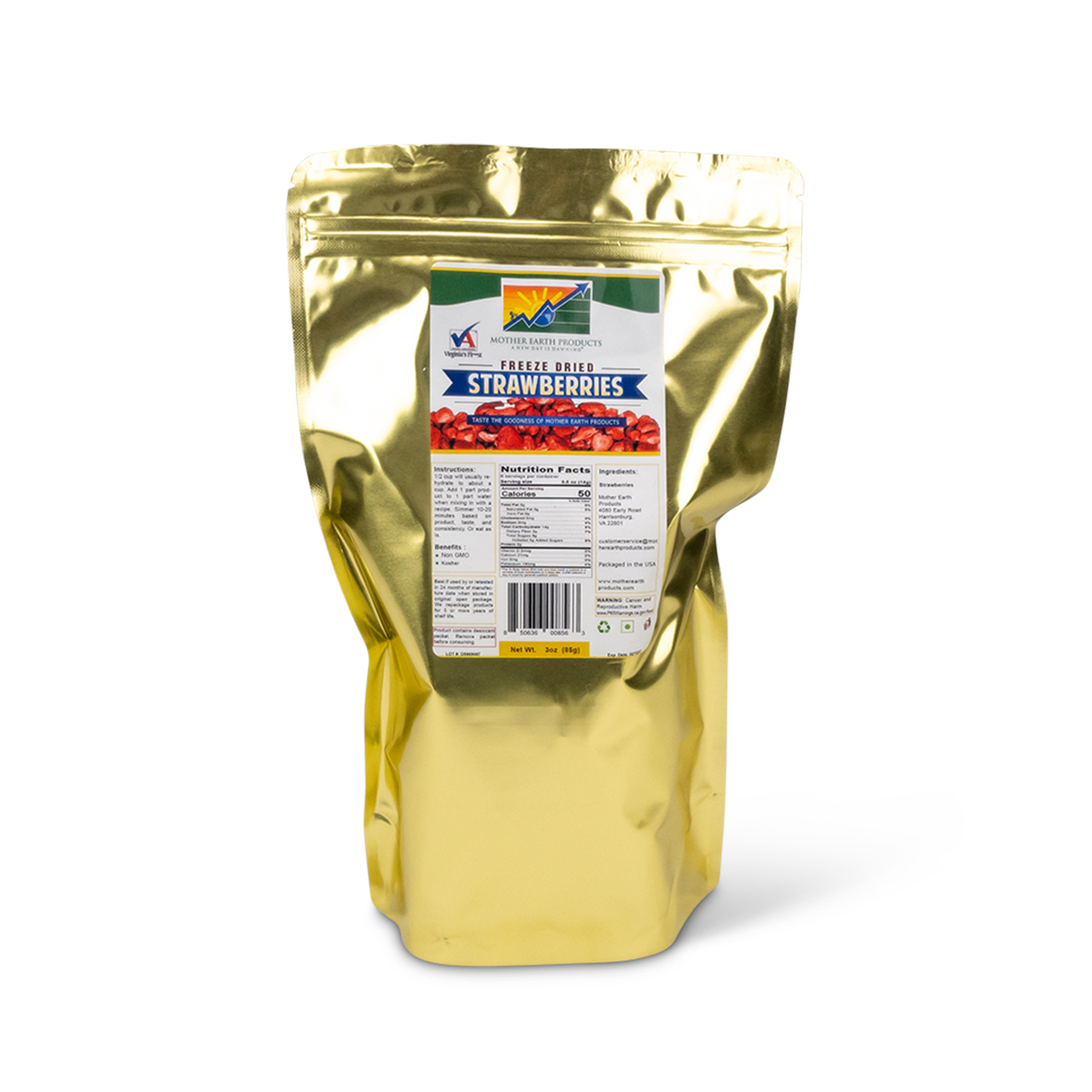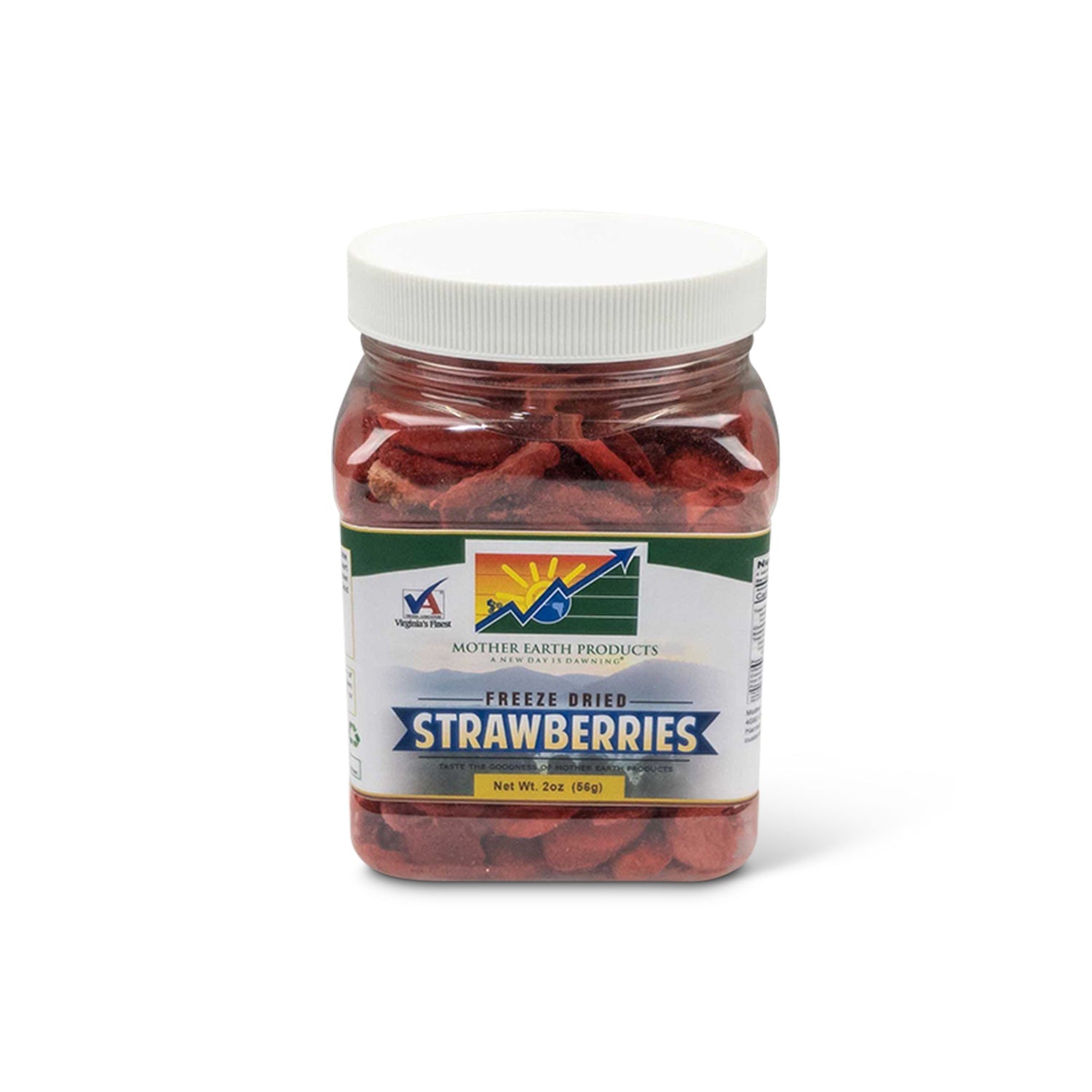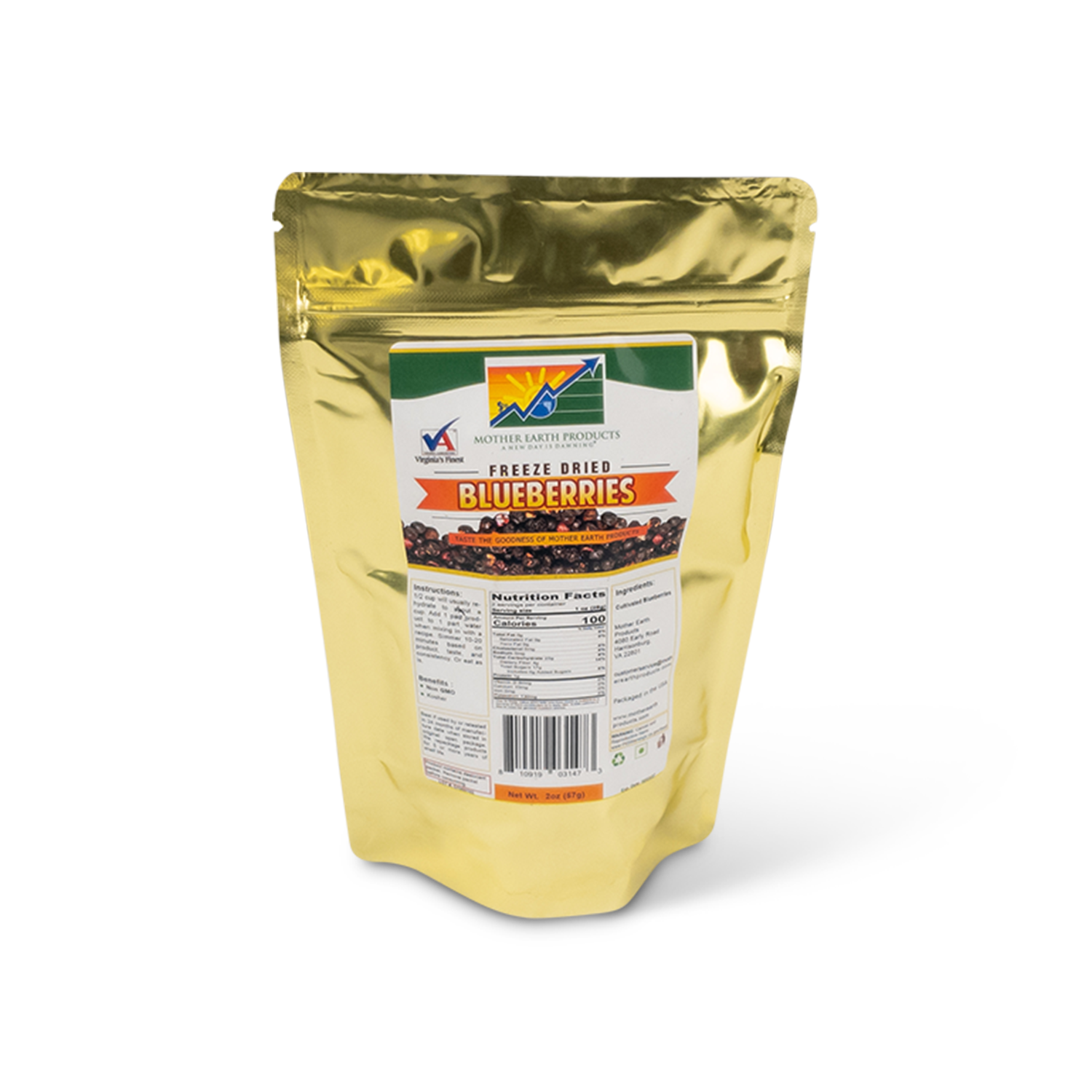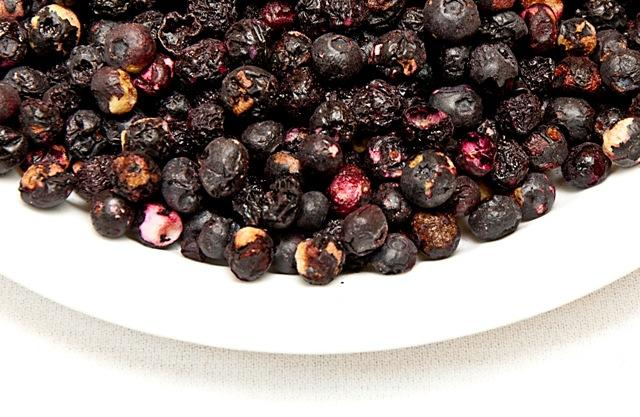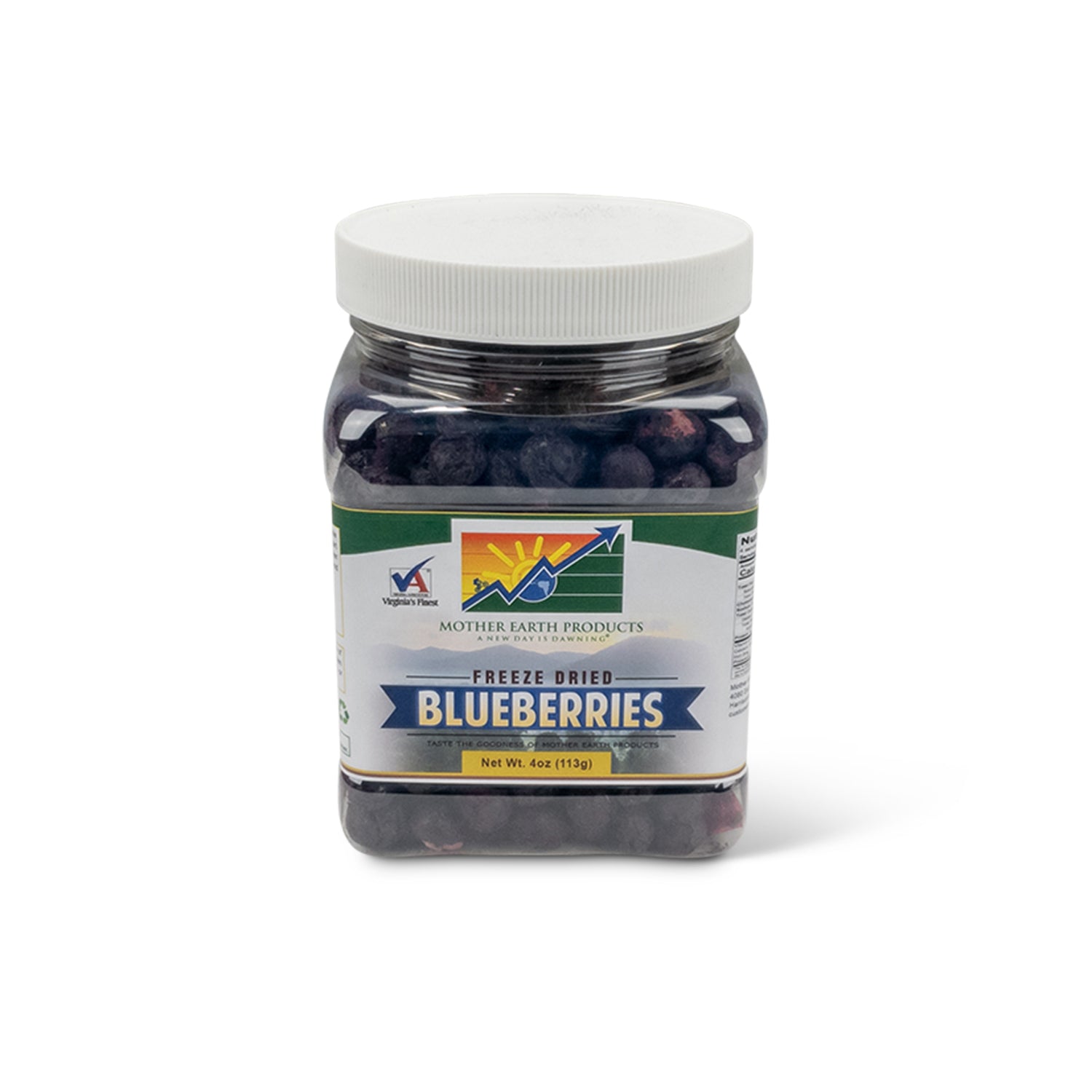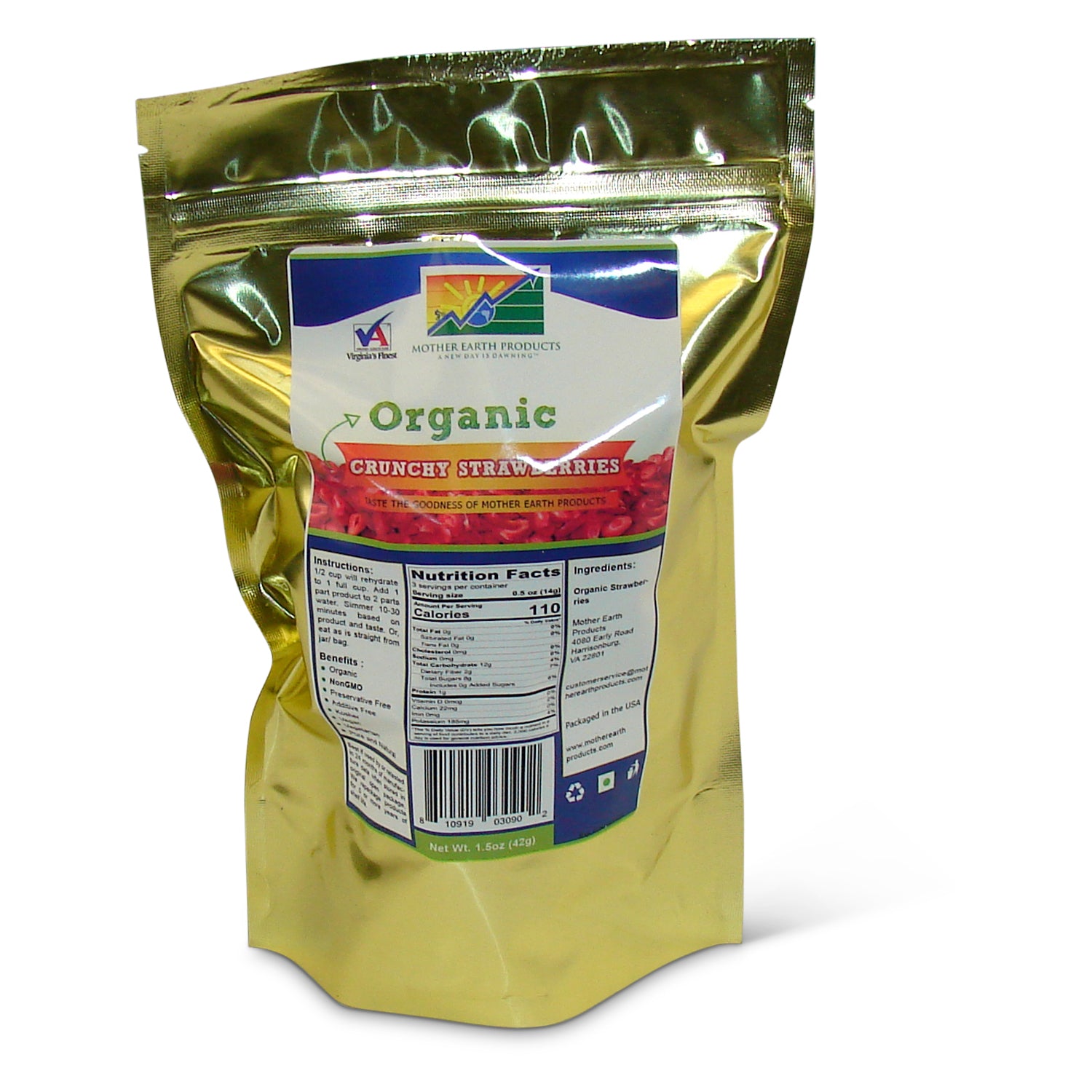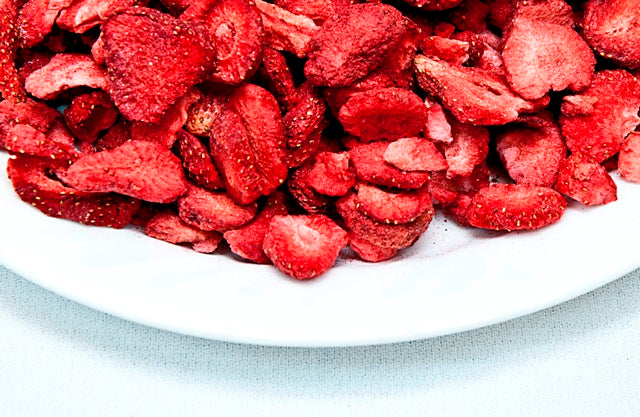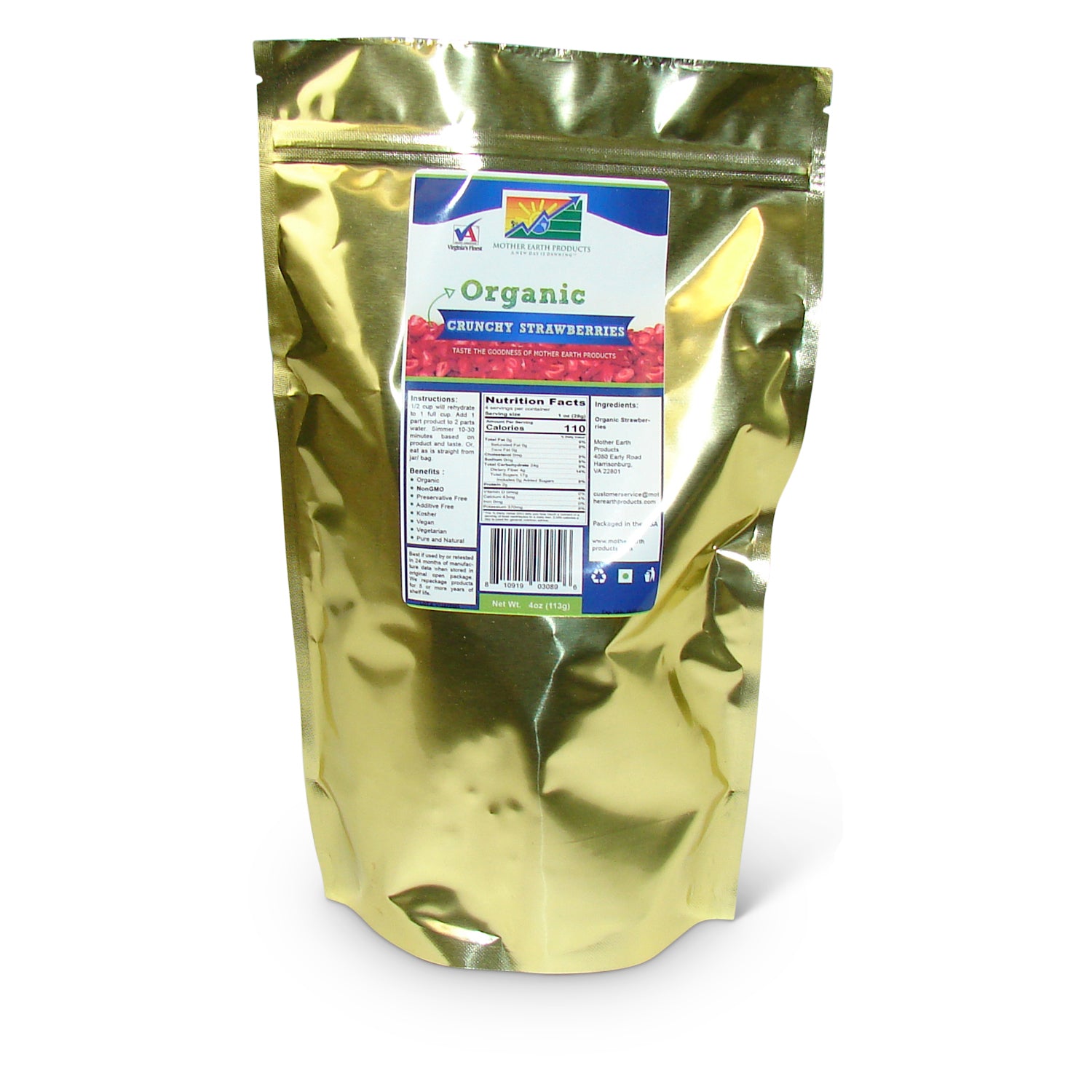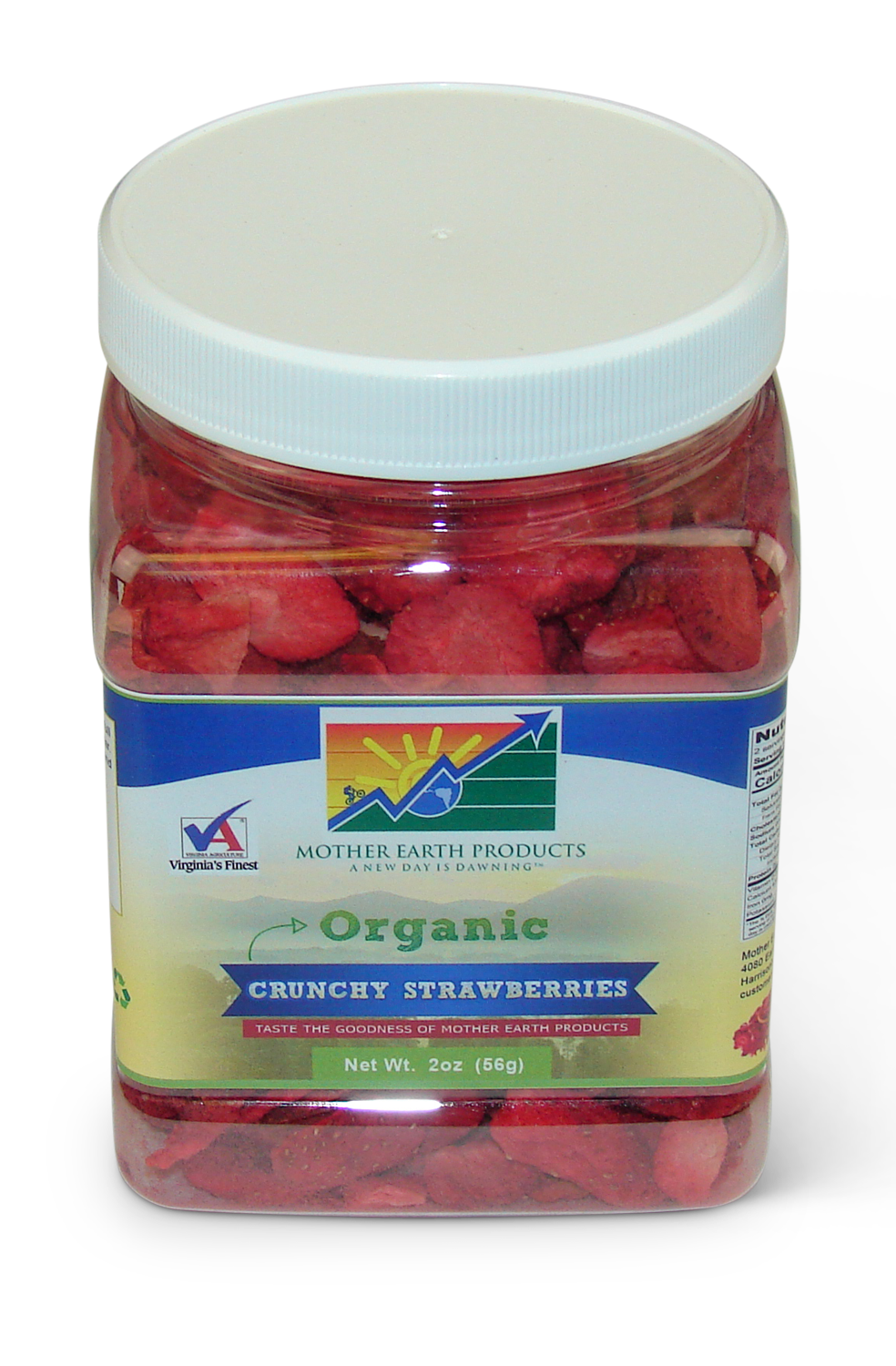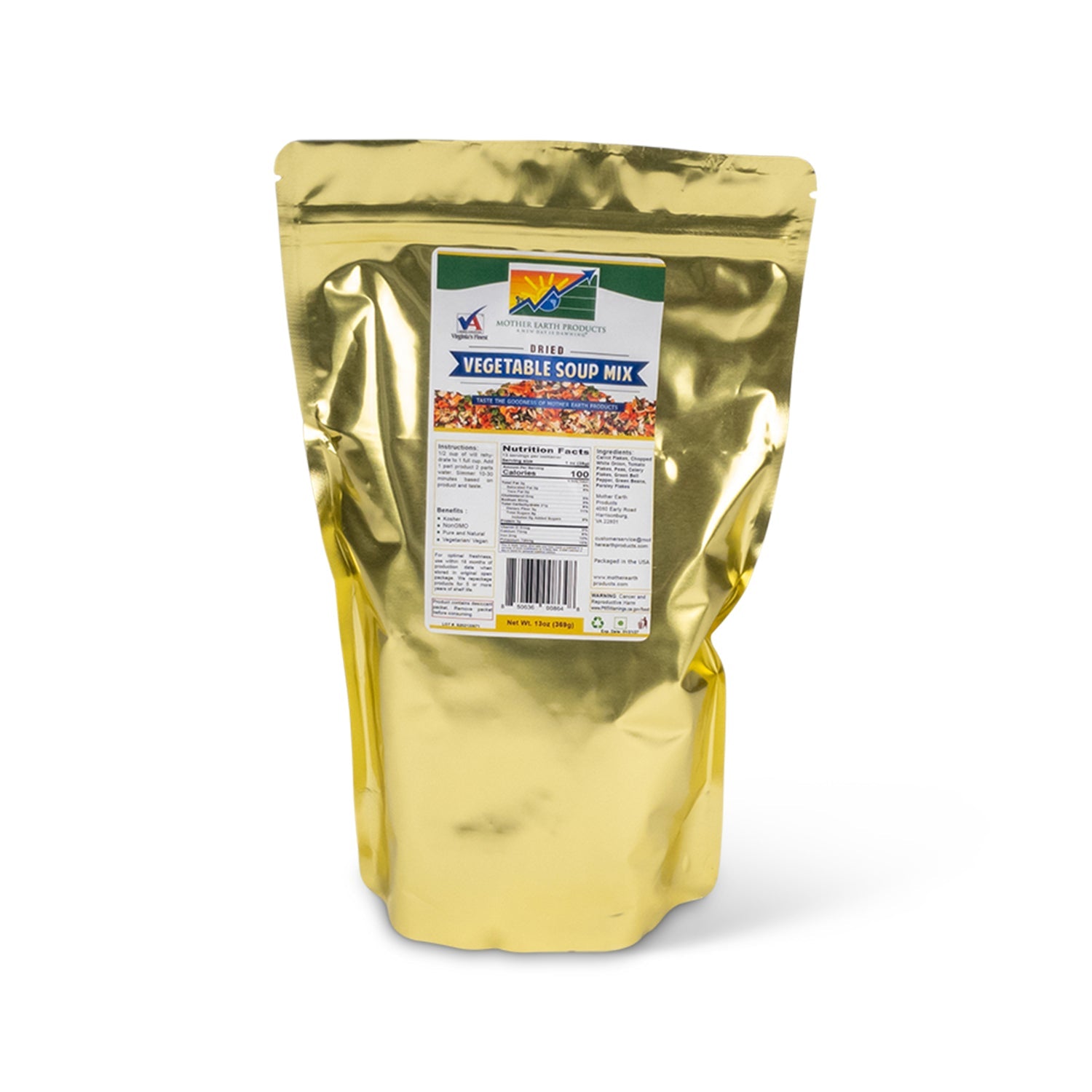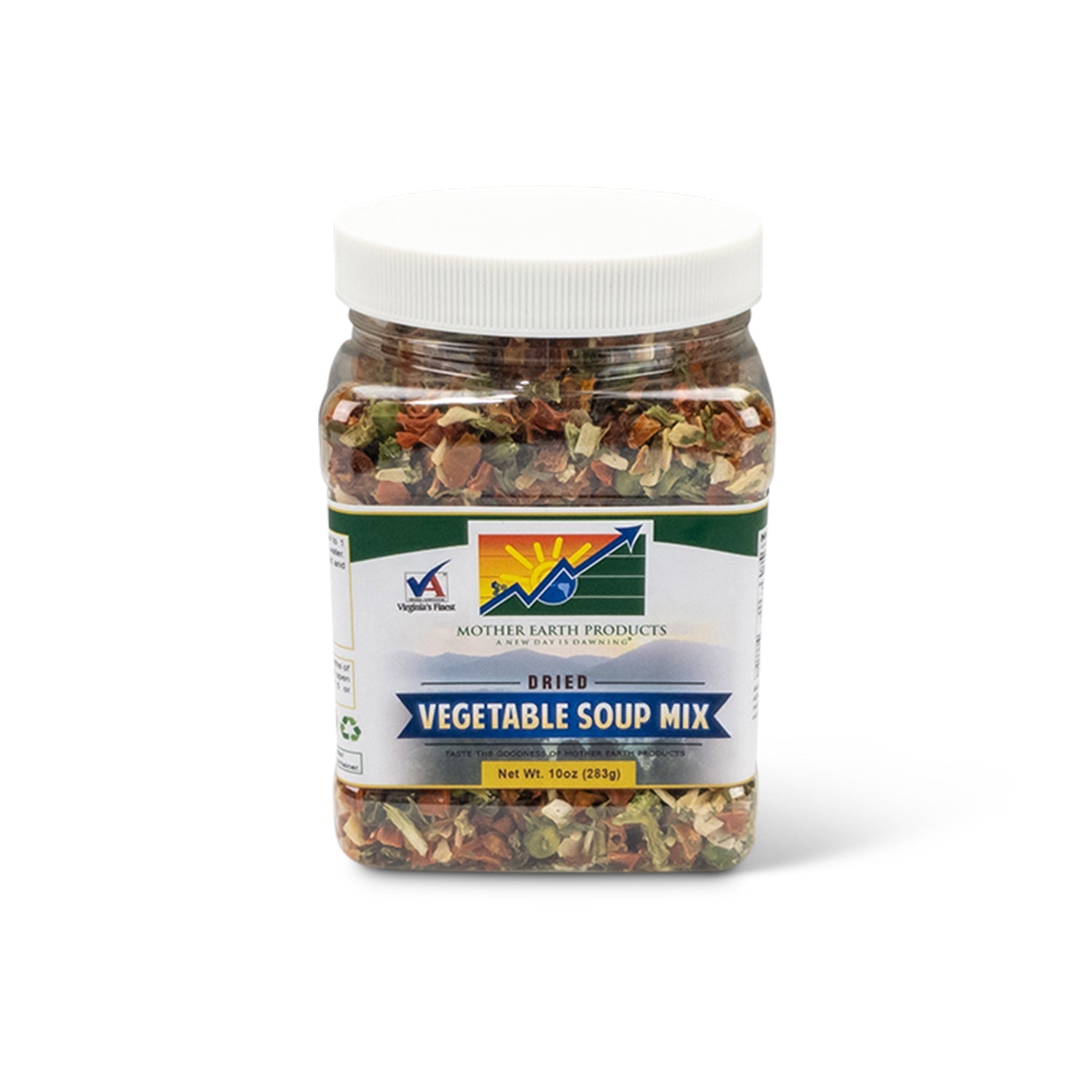In less time than you think, winter will be knocking on your doors, and you need to be prepared. The purpose of winterizing your home is to prevent damage caused by cold weather and avoid high energy costs common during the season. It is wise to start the process early enough during early fall to give you sufficient time to do it all before the weather worsens.
Don't wait until the last minute to prepare your home for winter. It may seem like winter is far away, but the cold weather will soon be here, blowing freezing air and causing frigid emergencies. Here are 13 best home winterization tips for November 2023 to help prepare your home for winter from the inside out.
1. Replace your attic insulation
The same way you need to wear thermal layers under your winter jacket is the same case for your house. Most homeowners focus on the outside when preparing for the winter season, but one of the best home winterization tips is preparing it from the inside.
Get proper insulation in your attic before it gets too cold to improve the airflow throughout your home. Since you're also likely to blast your heat source in winter, attic insulation prevents the warm air from escaping to the outside. Ensure that you get the right insulation because the higher the value of the insulation, the more energy efficient it is, as it helps your home stay warmer even during the day and saves you money.
2. Check for air gaps and seal them
If your home isn't properly sealed, it can cause a leak out of warm air. Before winter starts, check all the windows, doors, and the surrounding areas for cracks or gaps where sun rays peep through, which means that air can also pass through. Another way to see the cracks is to hold a lit candle near the window or door. If the flame goes off, there’s an air gap. Another common spot for air leaks is behind your stove and dryer because it's easy for cracks and gaps to form.
You can do DIY sealing with a sealant, caulk, or window film. You could also consider hiring a professional to do a building pressurization test to find the air leaks. It is an easier way to pinpoint the exact places where air leaks. Sealing the openings also prevents critters from crawling into your home to escape the cold weather.
3. Inspect and clean your dryer vents
Inspect and clean the vents of your dryer regularly to get ready for winter. You will use more blankets and heavy clothes as the temperatures drop and will use the dryer more. If the vent becomes clogged with lint and debris, it will affect airflow and make it work harder. Make sure the vent is tightly closed to prevent critters from crawling in.
4. Test your smoke detectors
It is advisable to check smoke detectors at least twice a year, especially right before winter. We use more heating and extra light, heaters, decorations, and cookers during cold months. Since cooking and heating equipment cause the most fires, it is wise to check your smoke detectors and ensure they are working before winter begins.
As you check your smoke detectors and kitchen appliances, don’t forget to shop for our freeze dried products since they have a long shelf life, require little or no cooking, and will save energy and time during winter.
5. Service the HVAC filters
Another best winterization tip is to replace your HVAC filters. During the cold temperatures, your furnace kicks into high gear, and if the filters have dust or lint buildup, it will cause air obstruction and cause high energy bills. Schedule a service call early enough in the fall because getting an appointment during winter may be more difficult.
6. Check and insulate your pipes
A burst pipe in winter is a nightmare. You'll have to deal with water spilling all over the place and an expensive repair bill if the pipes are not insulated or tough enough to handle cold temperatures. Therefore, add foam insulation around your pipes, especially those on the exterior walls, to prevent the water inside them from freezing, which causes pressure to build up and burst the pipes. Also, take note of the main water shutoff for easy access in case of an emergency.
7. Buy warm rugs
A rug adds an aesthetic appeal to the house, but during winter, it is an energy saver because it adds an extra layer of insulation and traps cold air underneath. Buy a rug that covers most of the bare floors to protect your feet from the freezing temperatures.
8. Install window treatments
As we head into winter, you must pay attention to the window space. A bare window may be aesthetically appealing in summer, but it's a bad choice in winter. Consider adding thick drapes or curtains to preserve the heat at night. Open them during the day to allow sunlight and natural heat to warm the rooms. When you close the curtain in the evening, your home retains the warmth since the curtains buffer the cold air.
9. Clean the gutters
The gutters direct rainwater and snow away from your roof and prevent water leaks inside the home. Remove the sticks, leaves, debris, or litter in the gutters that have accumulated over the summer and fall to divert water away from your home to prevent leakages. It may not be fun, but it will save you during winter. Consider hiring a professional or handyman to help you with the task if you’re short on time.
10. Drain and shut off water sources
Check all the exterior water sources, and drain and shut off outdoor ones to reduce the risk of bursting of pipes when temperatures drop. Don’t forget to disconnect garden hoses and keep them inside to prevent damage from freezing and ensure they last long.
11. Get energy efficient windows
If your home has a lot of windows, they will be the largest source of cold air from outside during winter, particularly if they are made of wood and a single pane of glass. Replace older windows with energy efficient ones made from vinyl or other synthetic materials and have argon gas and two or three panes of glass. If you are unsure which windows to choose, get a company to help you choose the right one or get custom built energy efficient windows.
12. Check your roof/chimney
This is one of the most important places to check because the roof protects everything in the house underneath it. Get a full roof inspection to check the age of the roof and if any materials are outdated or damaged. Do the necessary repairs and replacements to ensure the whole roof system is in good shape and also repair the roof to prevent any leaks when it rains or snows. Also, add ice and water shields and a breathable vapor barrier before winter for more protection. Lastly, check the chimney for any areas that need repair. If you rarely use the fireplace, add an inflated chimney balloon to block the space and keep out the cold.
13. Stock up on the essentials
Ensure that you have the necessary tools and materials to take care of your home in winter, like shovels, ice scrapers, deicing salt, snow roof rakes, and anything winter related. Don't wait for when you need it because you may be met with long queues and empty shelves if you wait until the last minute when winter hits.
Don’t forget to stock up on fruits such as peaches, mangos, and bananas and vegetables such as cauliflower, spinach, and broccoli, which will be useful when you can’t leave the house.
Final Thoughts
Winterizing your home can be a DIY project, but you should also consider hiring a professional to do it more quickly if you are out of time. If you plan to do it by yourself, start during fall to give you plenty of time to check inside and outside. If you have been wondering about the best winterization tips, these 13 tips will be useful. Which tips did you try? Share your thoughts in the comments section below.
References



